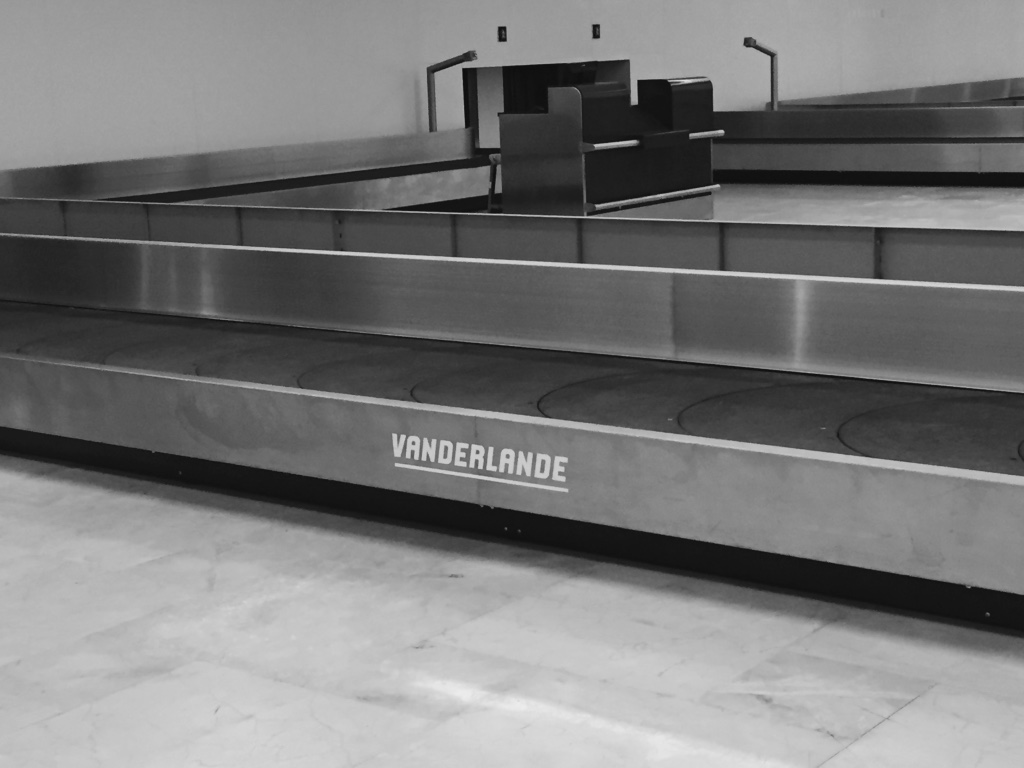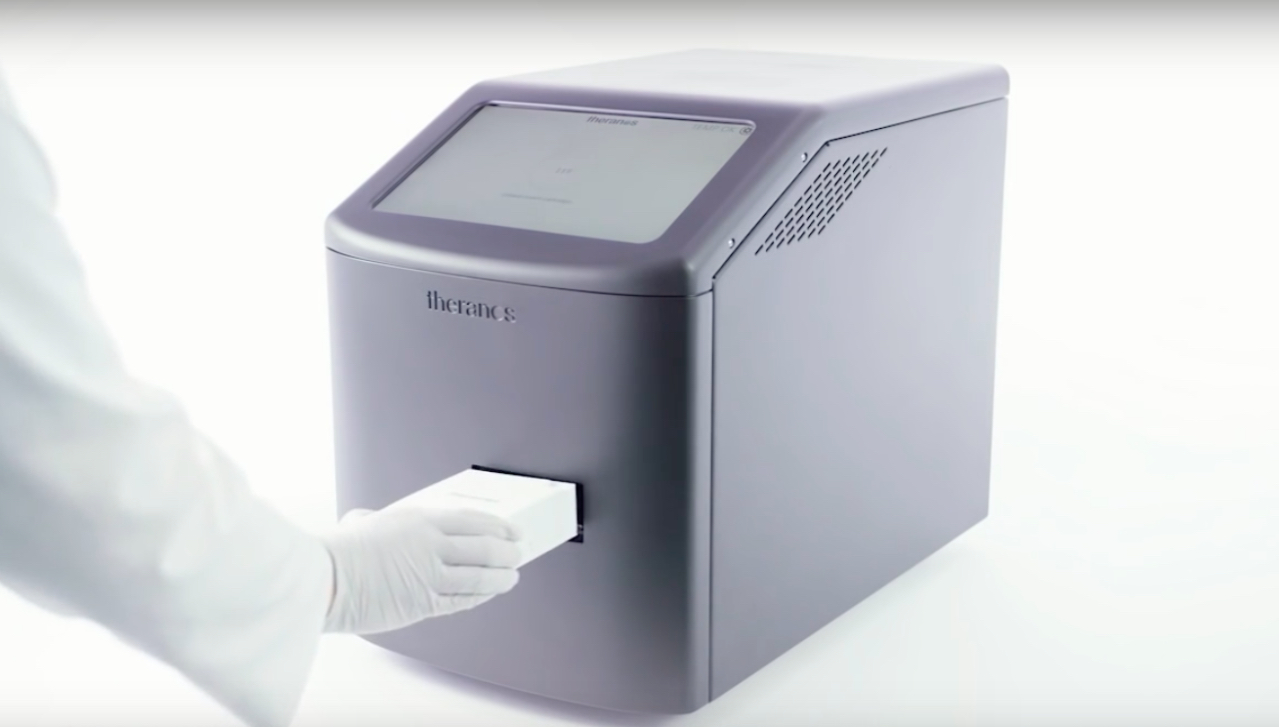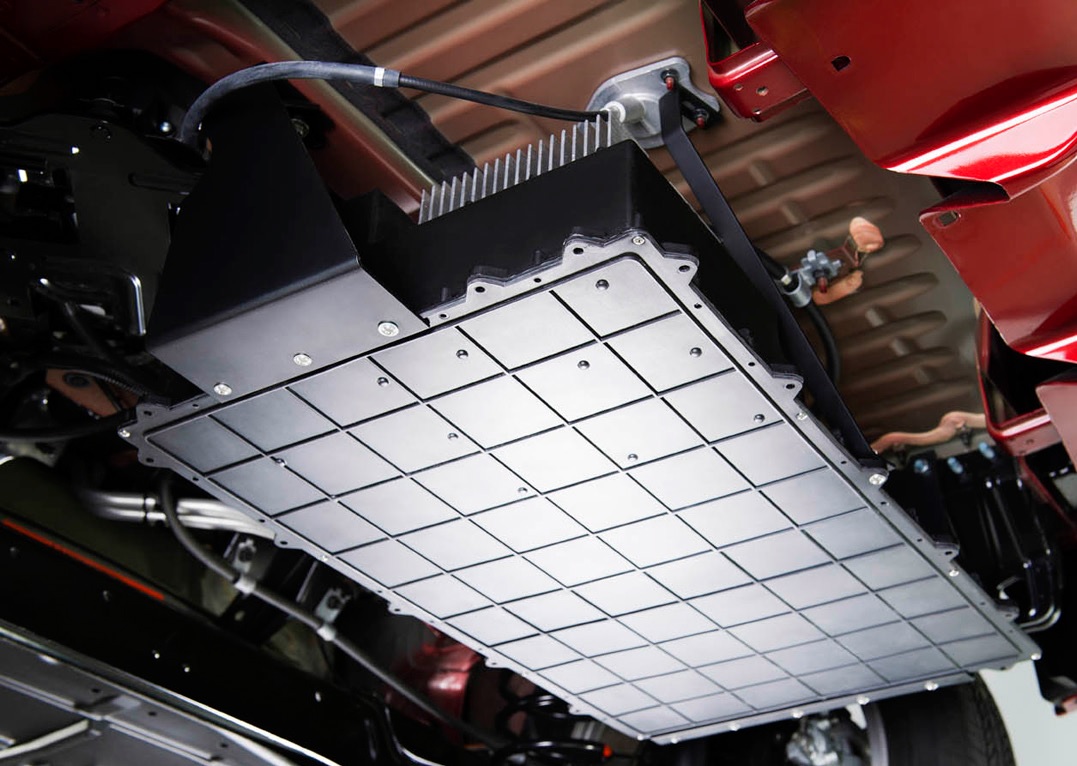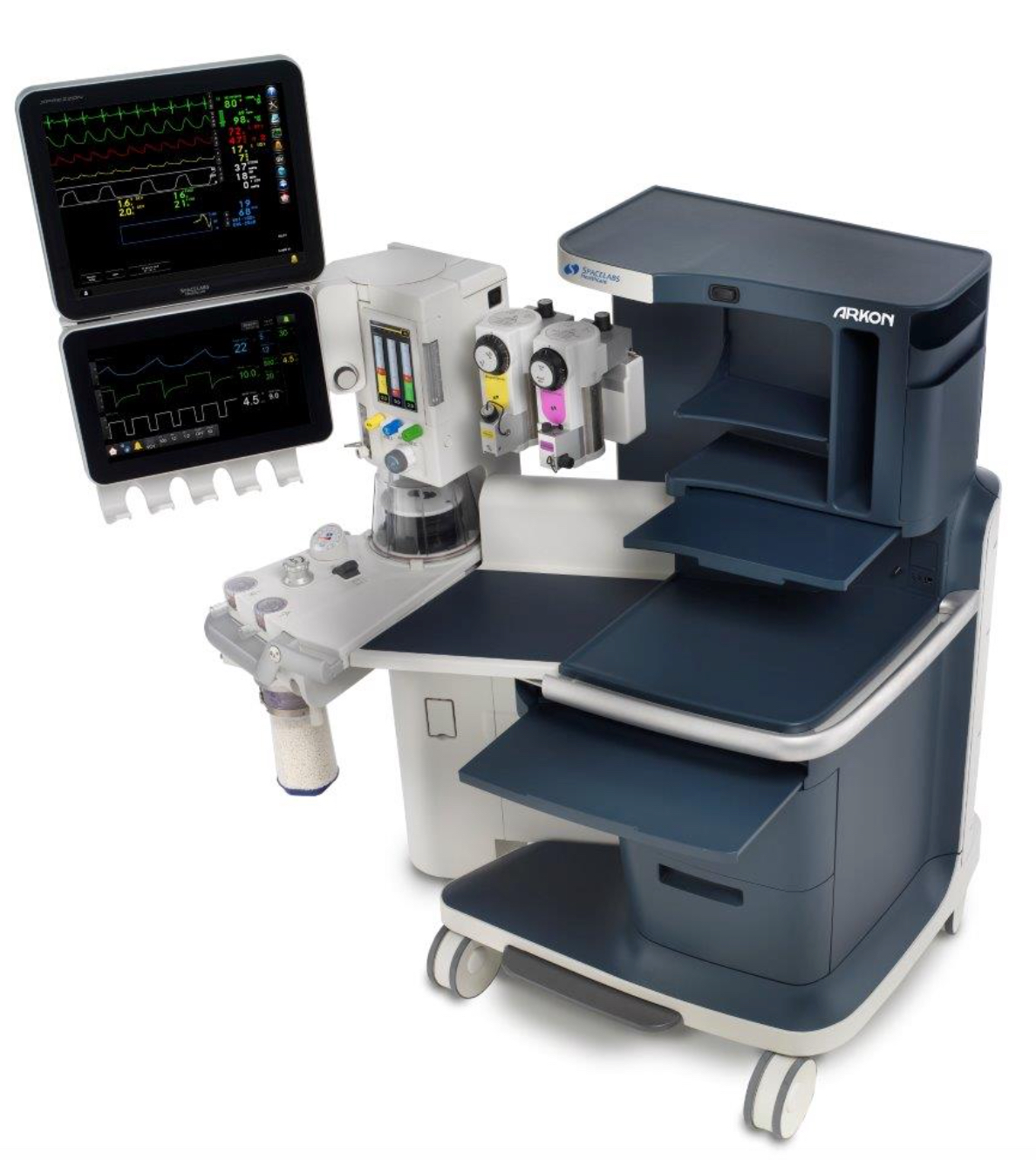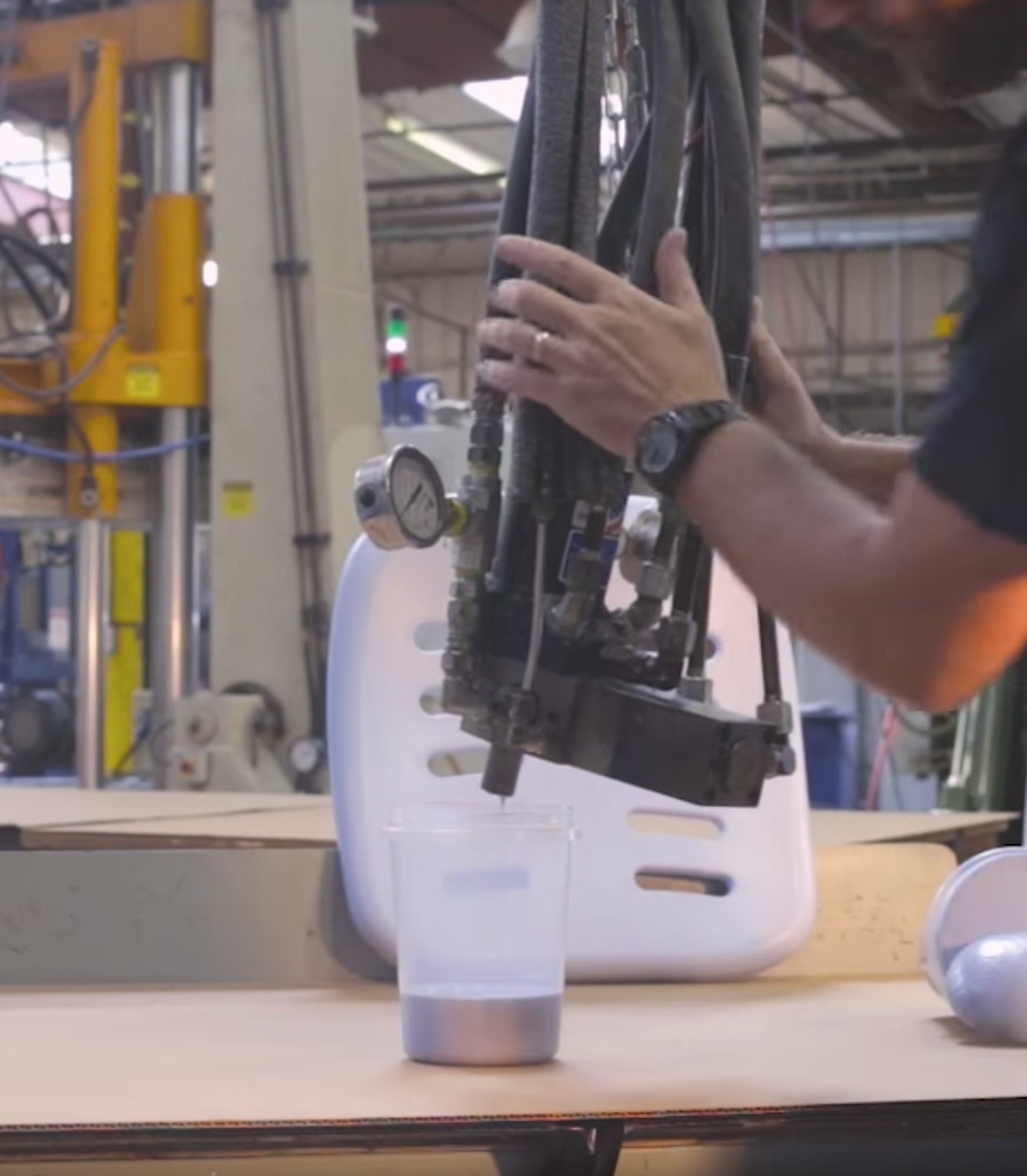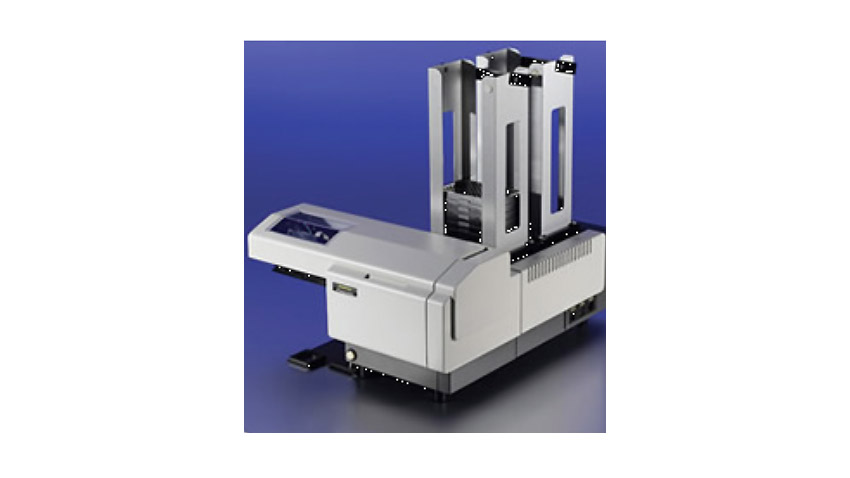Companies continually strive to improve production costs. Whether you need a large, lightweight, or complex, 3-D part, or a limited tooling budget, RIM can be the solution you’re looking for.
Reaction Injection Molding (RIM) is an example of an innovative manufacturing process that lends to high-quality polyurethane parts.
What Is Reaction Injection Molding (RIM)?
RIM creates end-use products or parts by combining two liquid polyurethane chemicals – an isocyanate and a polyol. These chemicals are isolated as they re-circulate through a sophisticated dispensing machine until a part is produced.
Parts are produced when the chemicals enter the mixing chamber of the mix-head, which is attached to a machined aluminum mold with heated water lines. The chemicals impinge at high-pressure (3000 psi) and flow into the mold at low pressure (150 psi). An exothermic reaction occurs within the mold as the temperature reaches 350℉. The mold’s water lines quickly wick away the heat and allow the molder to quickly withdraw parts by hand.
Tooling Cost Advantages of Reaction Injection Molding
By using aluminum molds, instead of steel molds, your overall capital expenditure can be dramatically lower – especially for larger parts. We still use aluminum molds manufactured over 30 years ago!
Injection molding requires high pressures, high temperatures, and highly viscous materials. All of these elements place tremendous stress on the mold, which is why steel is required to produce conforming parts and minimize mold maintenance.
Comparatively, more affordable aluminum molds are perfect for the RIM process and its integration of low pressures, low temperatures, and non-viscous materials.
Additional Benefits of RIM Molding
- RIM is best suited for larger parts and lower volumes. However, RIM Manufacturing produces smaller parts by the thousands too.
- RIM offers tight tolerances with more cosmetic freedom in part design, variable wall thickness, geometric complexities, and the ability to combine multiple parts into one single, seamless part.
- Parts can be solid, elastomeric, structural foam, or flexible foam.
- RIM parts can be pigmented, in-mold painted, or post-painted to provide the required cosmetic finish at the right price point.
Work with RIM Manufacturing for Your Next Custom Project
Partnering with RIM Manufacturing for custom Reaction Injection Molded parts and products can yield high-quality parts that perform well, are durable, and uniquely designed.

